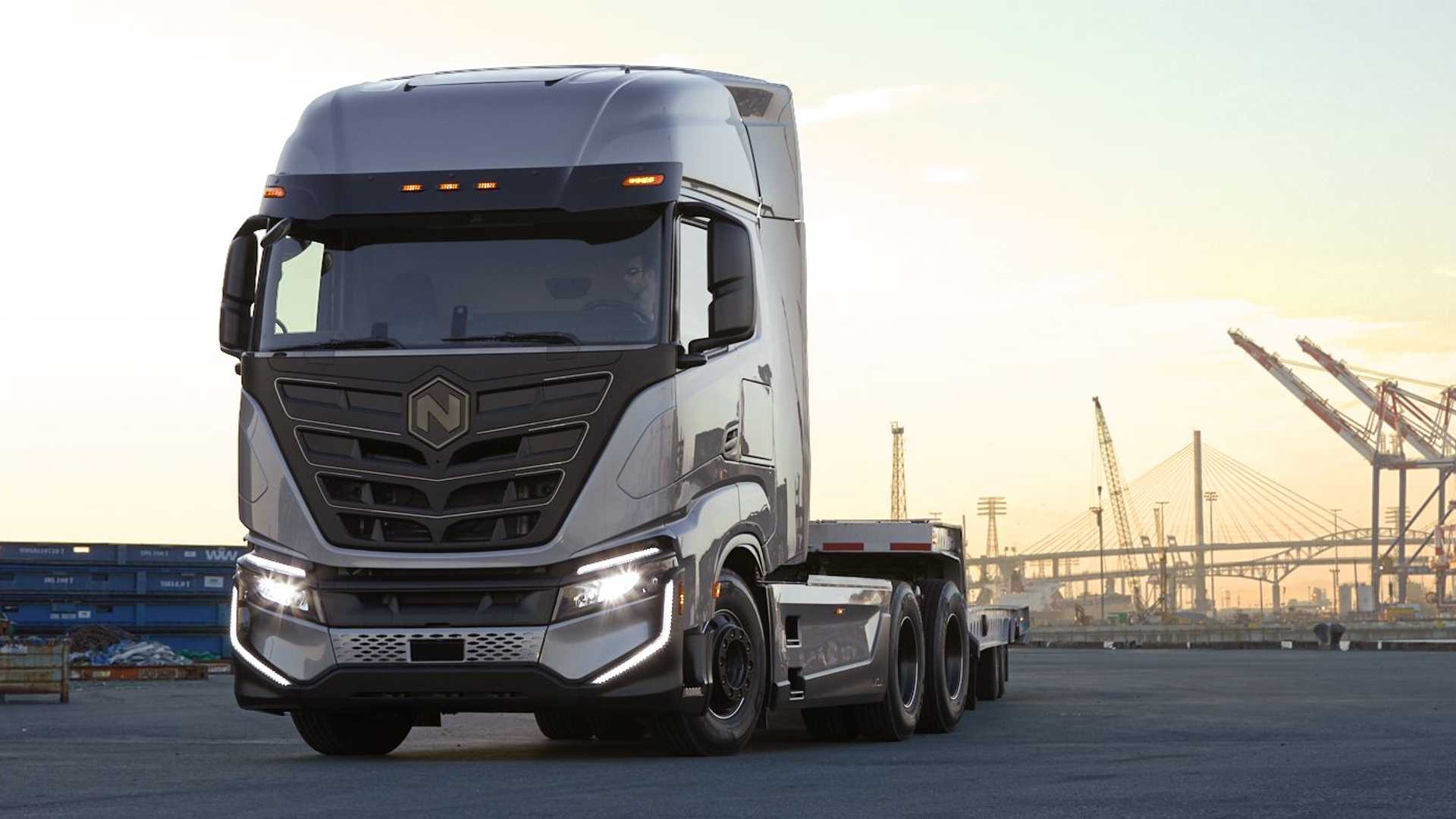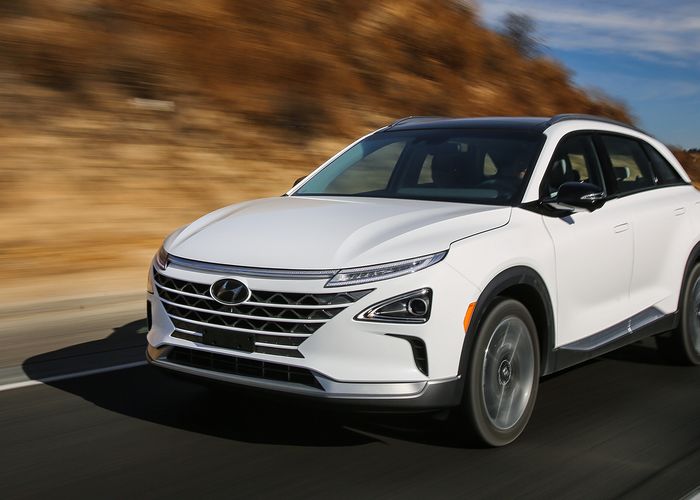The incentives provided by the recently passed Inflation Reduction Act (IRA) are expected to help Nikola by lowering the cost of his electric truck and hydrogen energy business.
The IRA, which was passed in August, provides incentives for battery and electric vehicle manufacturing in the United States. The IRA allows the Nikola semi-trucks to be competitive for cost of ownership compared to diesel-powered trucks.
Nikola aims to build up to 60 hydrogen delivery stations by 2026 and allow access to up to 300 metric tons of low-carbon hydrogen supplies.
Incentives from the IRA will lower hydrogen costs, delivery infrastructure and the price of Nikola trucks, the company said. On the other hand, incentives will also create more jobs. Hydrogen producers will receive up to $3 per kilogram of fuel for the first five years.
See also: Nikola Motor & E.ON partnership for hydrogen refuelling infrastructure
“If you get something at a lower cost, I think you pass it on to the customer, they benefit, the volume goes up, and so on.” Says Carey Mendes, President of Nikola Energy
Nikola aims to sell FCEV trucks bundled in hydrogen fuel as well as build dispensing stations close to customer locations.
“What we are trying and doing is to give them certainty both in price and certainty in supply (of hydrogen),” added Mendes.
See also: Nikola agrees acquires Romeo Power for $144 million, to produce its own EV batteries in-house
The $40,000 tax credit can also reduce the upfront costs of the FCEV Nikola Tre trucks, for fleets switching from diesel-powered trucks or new fleets.
The company just took over battery maker Romeo Power last week, saying it might as well make a $10 per kilowatt hour profit if it decided to make in-house battery modules for its trucks.
The difference between Nikola Tre BEV And Nikola FCEV Trucks







